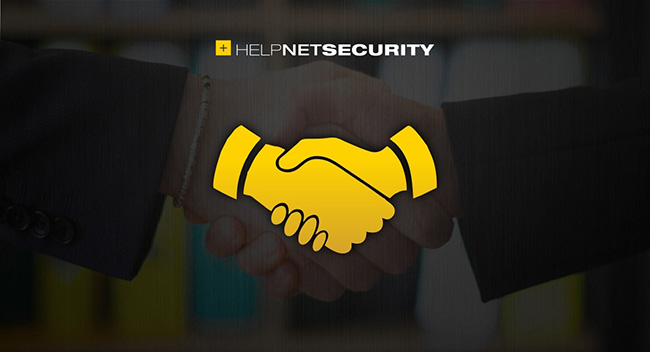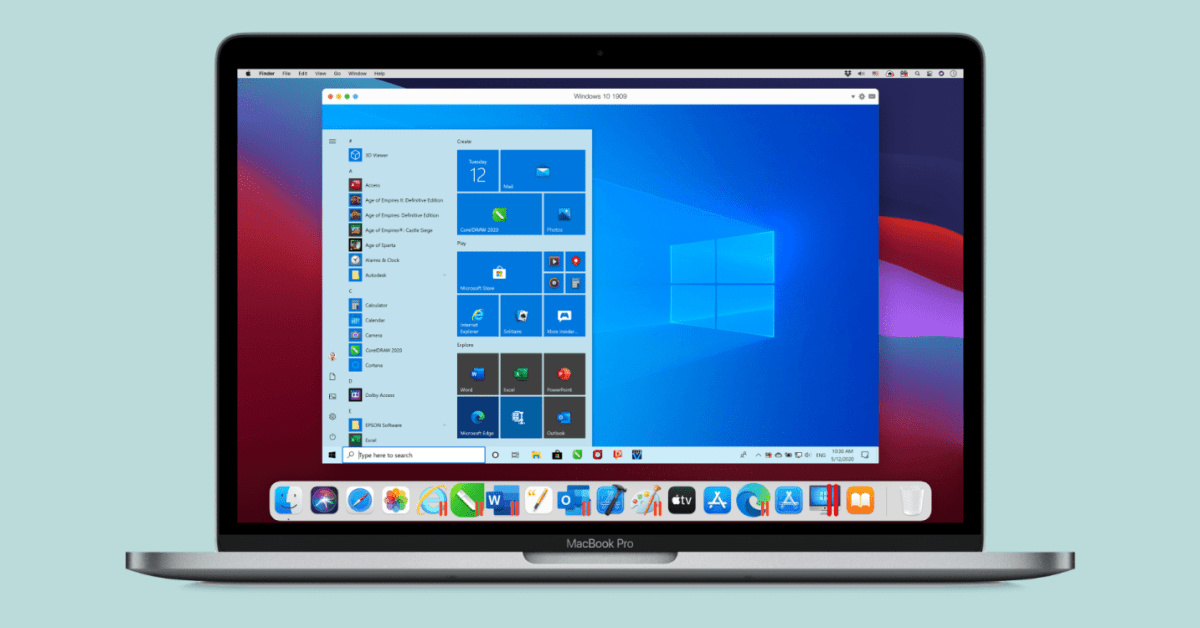T-Mobile and Deutsche Telekom launch IoT solution to simplify connectivity for enterprises
T-Mobile US and Deutsche Telekom AG launched T-IoT, a comprehensive enterprise solution for global IoT connectivity, platform management and support.

With T-IoT, enterprises have one global team and one global solution to manage all their connections across borders! And it will be available across 188 destinations, on 383 networks worldwide.
“The Un-carrier rewrote the rules of wireless. Now, as America’s 5G leader, with the fastest, largest, and most reliable 5G network, we’re writing the rules of the 5G era, and we’re doing it in favor of customers and businesses,” said Mike Katz, President, T-Mobile Business Group. “With T-IoT and our award-winning networks, we’re poised to help businesses realize the true potential of IoT by completely disrupting the status quo of how IoT is purchased and managed.”
Unleashing the power of IoT
Despite all the excitement around IoT’s ability to make the connected world a reality, unlock valuable business insights, improve customer experience, cut operational costs, and boost efficiency—many enterprises haven’t fully captured value at scale from IoT. Why is this still happening in 2022? A major reason is that Carriers make enterprises jump through hoops to manage IoT connectivity globally. To deploy multinational IoT connections, enterprises have to cobble together a patchwork of operator agreements—all with different contracts, service level agreements, management interfaces, and customer support.
And 5G promises to take IoT to the next level, with cellular 5G IoT connections projected to make up 57 percent of all worldwide cellular IoT connections by 20251. With 5G’s ability to support low-latency, massive data use, and connect up to 100x more devices than 4G—enterprises have a HUGE opportunity to embrace new use cases and actionable data that will make the longstanding vision of 5G IoT a reality.
But the gap between the promise of 5G IoT and reality will be wide if managing all that connectivity and data remains unnecessarily complex.
Here’s why: Imagine millions of tracked assets moving across the globe. To stay connected to those assets, enterprises have to negotiate numerous contracts with multiple…


